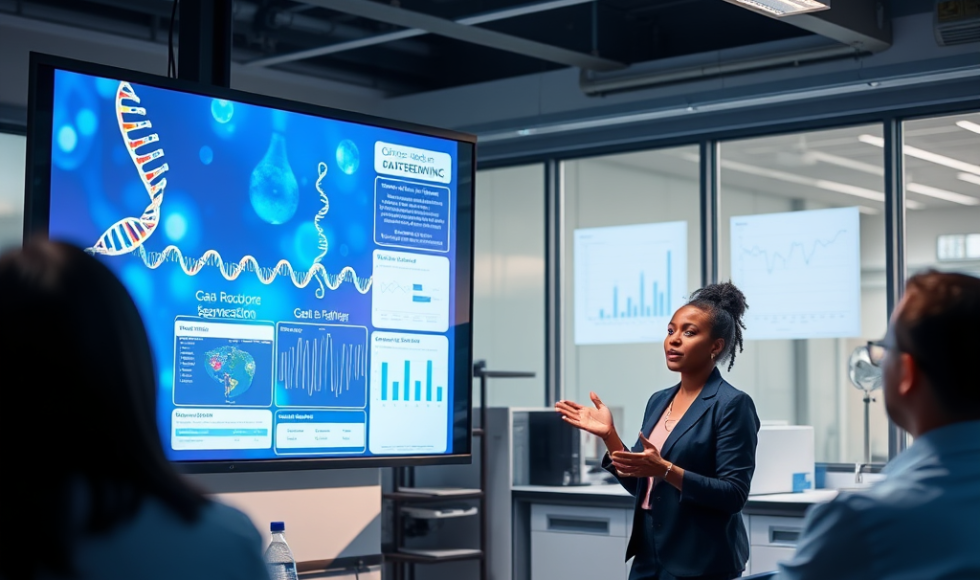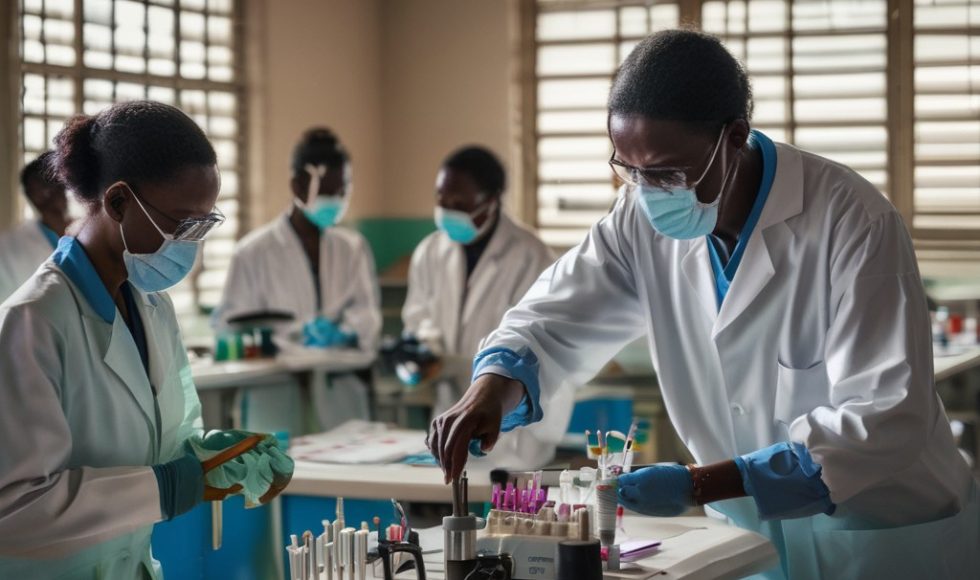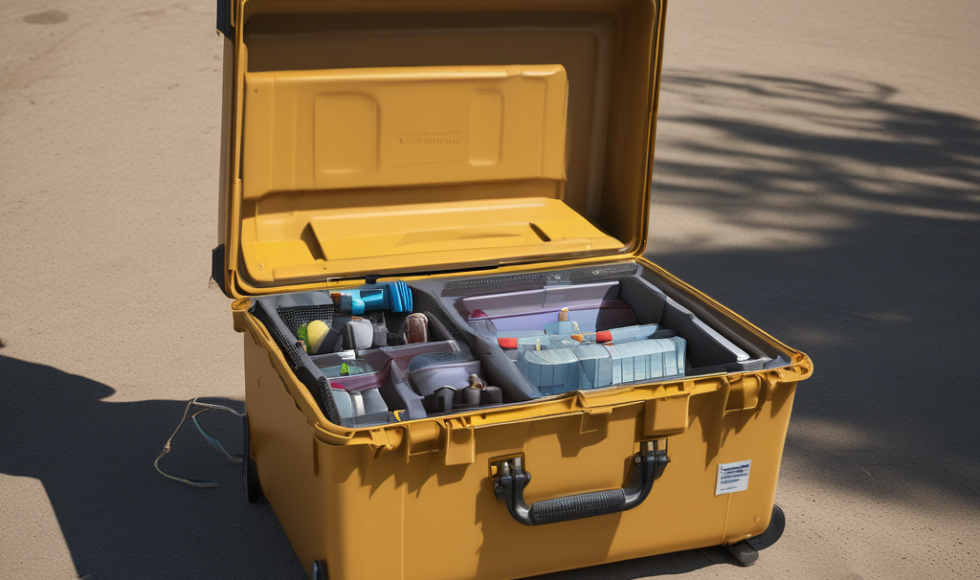Tonight I watched a MAXQDA session by Timothy C. Gutterman from the Mixed Methods Program at the University of Michigan. Gutterman does research and serves as the editor for the mixed methods journal. Based on Creswell and Plano Clark 2018, there are five features of mixed methods. Mixed methods collect and analyze qualitative and quantitative […]
Tonight I watched an updated session entitled “How to get started with nanopore sequencing and plan your experiment.” The speaker was Akelia Wauchope-Odumbo, Associate Director of Technical Applications – Americas with Oxford Nanopore Technologies (ONT). Wauchope-Odumbo started this new masterclass series. The theme is “from sample to answer” covering preparation, sequencing, and analysis. The masterclass […]
Mathilde Filser from the Curie Institute in France presented at the Nanopore Community Meeting in Boston. The title of the session was “Transforming cancer care: redefining cancer characterization and predisposition insights through nanopore sequencing.” They study tumors and spoke about using nanopore sequencing for variant analysis. They used nanopore and adaptive sampling. They prepared libraries […]
“Accelerating precision oncology research with nanopore sequencing” is the name of the session I watched tonight. Anna Dysko, Associate Director of Business Development with Oxford Nanopore Technologies, facilitated the discussion on April 8, 2024. Dysko explained how nanopore sequencing works: DNA or RNA is passed through a nanopore thanks to the action of a motor […]
Stephen Meyn from the Center for Human Genomics and Precision Medicine at the University of Wisconsin-Madison presented at London Calling 2024. The session title was “BadgerSeq: a deecentralized model for ultra-rapid, long-read, whole-genome sequencing.” Meyn spoke about rare genetic disorders in the NICU and the importance of diagnosis. Meyn emphasized the need for speed and […]
Morghan Lucas from the Medical Genetics Center in Germany presented at London Calling 2024 on “Genetic and epigenetic profiling of FSHD by nanopore sequencing.” Facioscapulohumeral muscular dystrophy (FSHD) is a genetic muscle disease affecting the muscles of the face, shoulders, and upper/lower limbs, Lucas explained. It is the third most common muscular dystrophy: 1:20,000. The […]
Rui Chen from Baylor College of Medicine presented at London Calling 2024 a session titled “Single-cell characterization of transcript isoforms with long-read RNA sequencing.” Their lab is interested in the retina since it is “the main target of irreversible blinding diseases.” In mice, there are over one hundred cell subtypes in the retina, noted Chen. […]
Alex Shaw from the Imperial College London in the UK spoke at London Calling 2024 about “Early detection of poliovirus outbreaks in the DRC from 2021-2022.” They have been doing poliovirus sequencing training with partners for several years, focusing on direct sequencing methods with Nanopore: Direct molecular Detection and Nanopore Sequencing (DDNS). Shaw explained that […]
I’m back home! I watched the London Calling 2024 session “Mobile lab for rapid detection of pathogens in wastewater in sub-Saharan Africa” by Rea Kobialka from the Institute of Animal Hygiene and Veterinary Public Health in Germany. Kobialka demonstrated the setup of the mobile lab suitcase for wastewater analyses. The suitcase lab needs a mobile […]
We had a productive and fun day working in Minneapolis on the PALM and Vision and Change project! I am glad I was able to come here and work with friends. Tonight, I watched the London Calling 2024 session “Plant T2T genome assembly using ultra-long and adaptive nanopore sequencing” by Bosheng Li from the Institute […]









